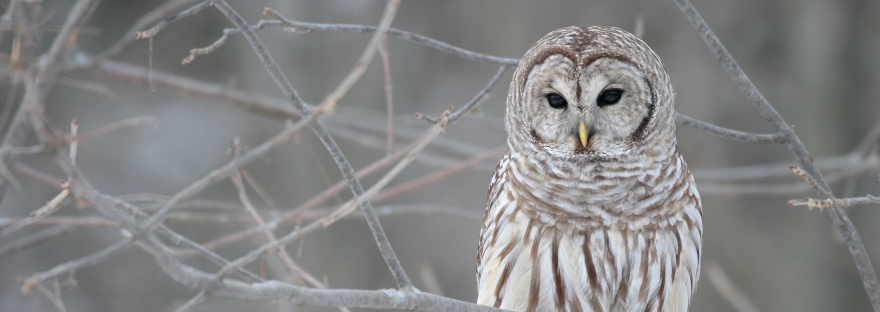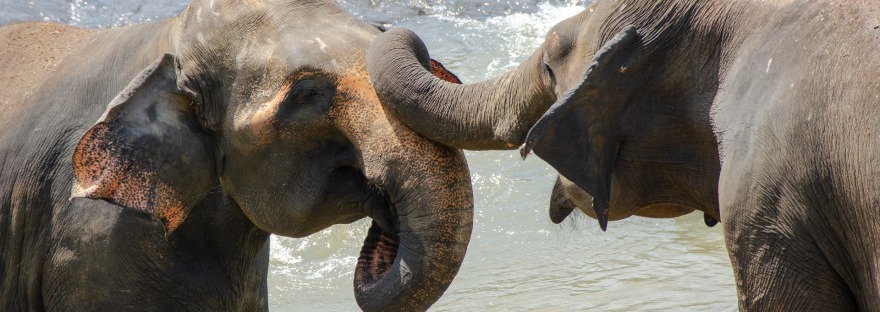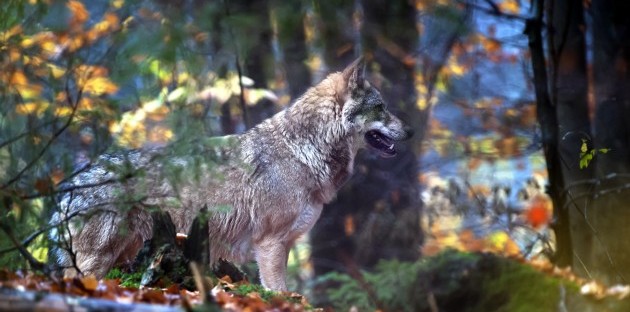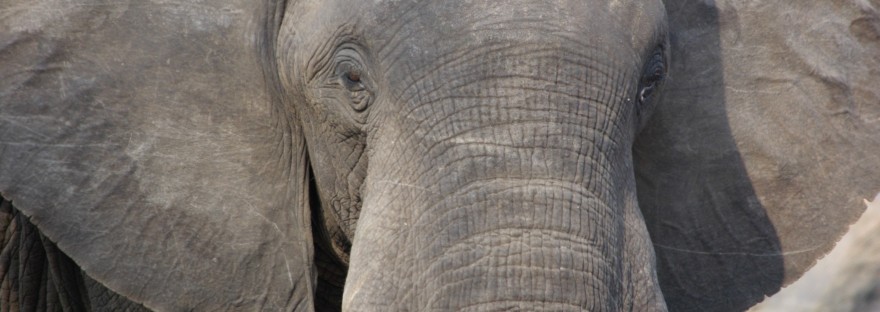Tanja and I explored another conservation conflict on our Medium blog.
When a potential response to an urgent situation is either unlikely to work at all or unlikely to address the bulk of the problem, under what conditions should we try it anyway?
In this exploration, we wanted to share perspectives on the controversial case of cats in Australia, also by some called the ‘war against cats’. In 2015, the Australian Government launched the threatened species strategy to kill 2 Mio cats in Australia by 2020 with the aim to protect endemic wildlife. Four years after the strategy was launched, Australian researchers in Conservation Letters questioned the motives (conservation or politically driven) and the science behind the decision.
Just how much of a sensitive topic this particular case study is, we noticed by how difficult it was for us to find contributors. Luckily we found two experts from Moral Philosophy that shared their insight with us:
Carlos Gray Santana is an Assistant Professor in Philosophy at the University of Utah. Dr Santana’s uses ethics to shed light on complicated issues such as the environment and human cognition. William S. Lynn is a Research Scientist in the George Perkins Marsh Institute at Clark University. The focus of Bill’s work is the ethics and politics of animal protection and sustainability.
For optional guidance, we asked the experts the following questions:
- Why is the matter of cats and wildlife so controversial?
- Why do you think politicians focus on culling cats rather than on habitat loss (as suggested in Doherty et al. 2019) and could open discussions be fostered to move beyond culling?
- How do you think the public would respond when culling of cats turns out not to be effective in halting endemic species decline?
Curious about what they had to say? Read our blog post here.
And you can also follow us on Twitter!
Photo credits: Pacto Visual on Unsplash
 In conservation, often a choice has to be made for the lesser of two evils. How can conservationists cope with such situations of seemingly inevitable loss? Here, we share a personal contribution from Dr Chelsea Batavia, in which she takes us along in the background story of her recent publication The moral residue of conservation, addressing exactly this issue. Read more
In conservation, often a choice has to be made for the lesser of two evils. How can conservationists cope with such situations of seemingly inevitable loss? Here, we share a personal contribution from Dr Chelsea Batavia, in which she takes us along in the background story of her recent publication The moral residue of conservation, addressing exactly this issue. Read more






